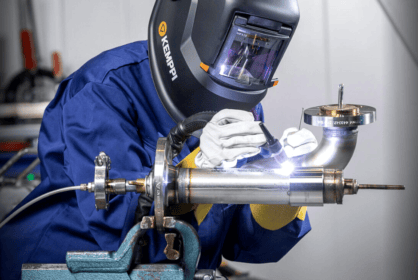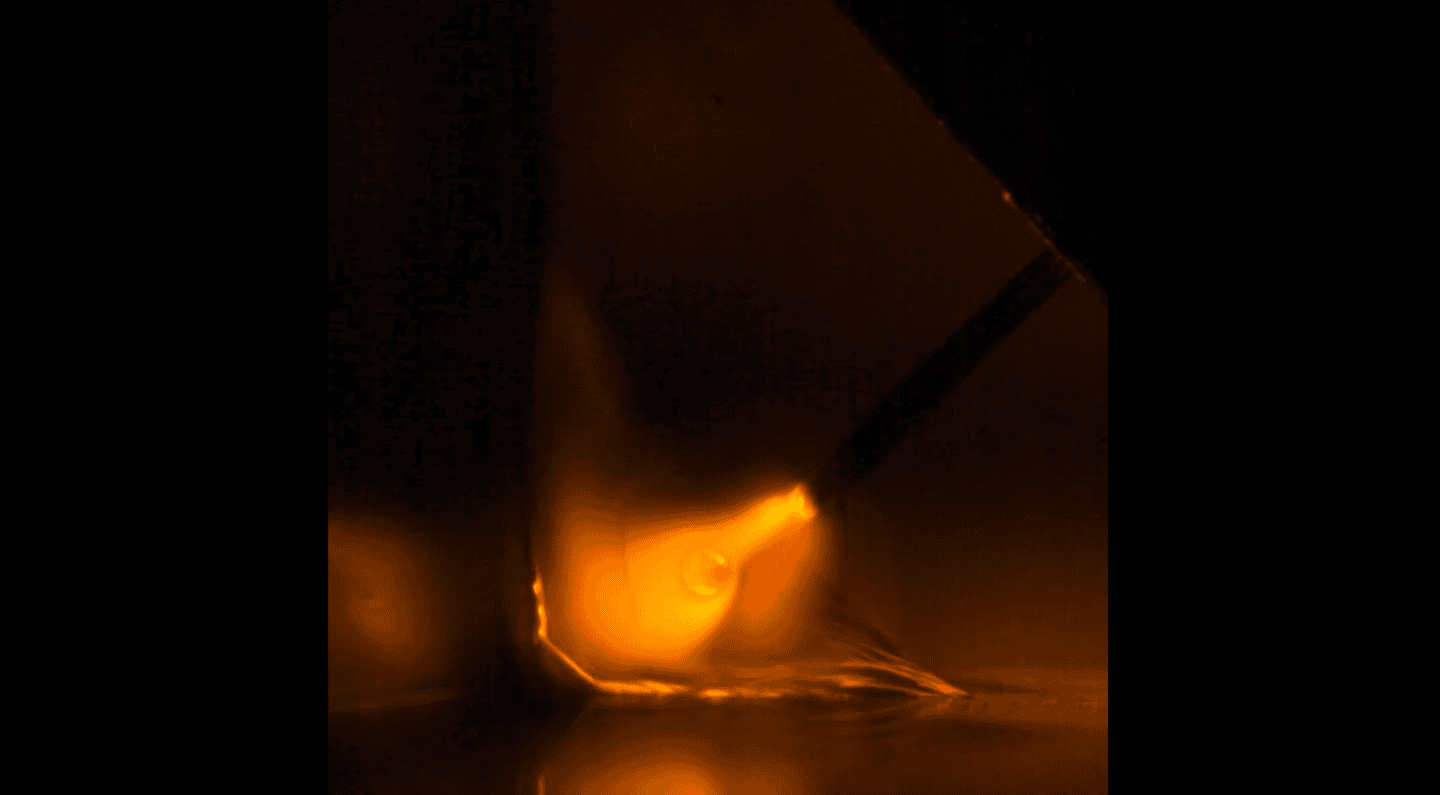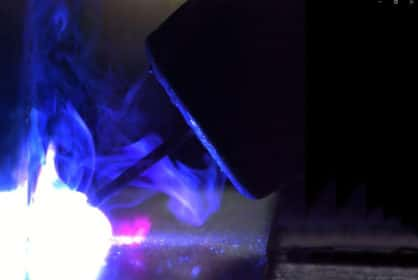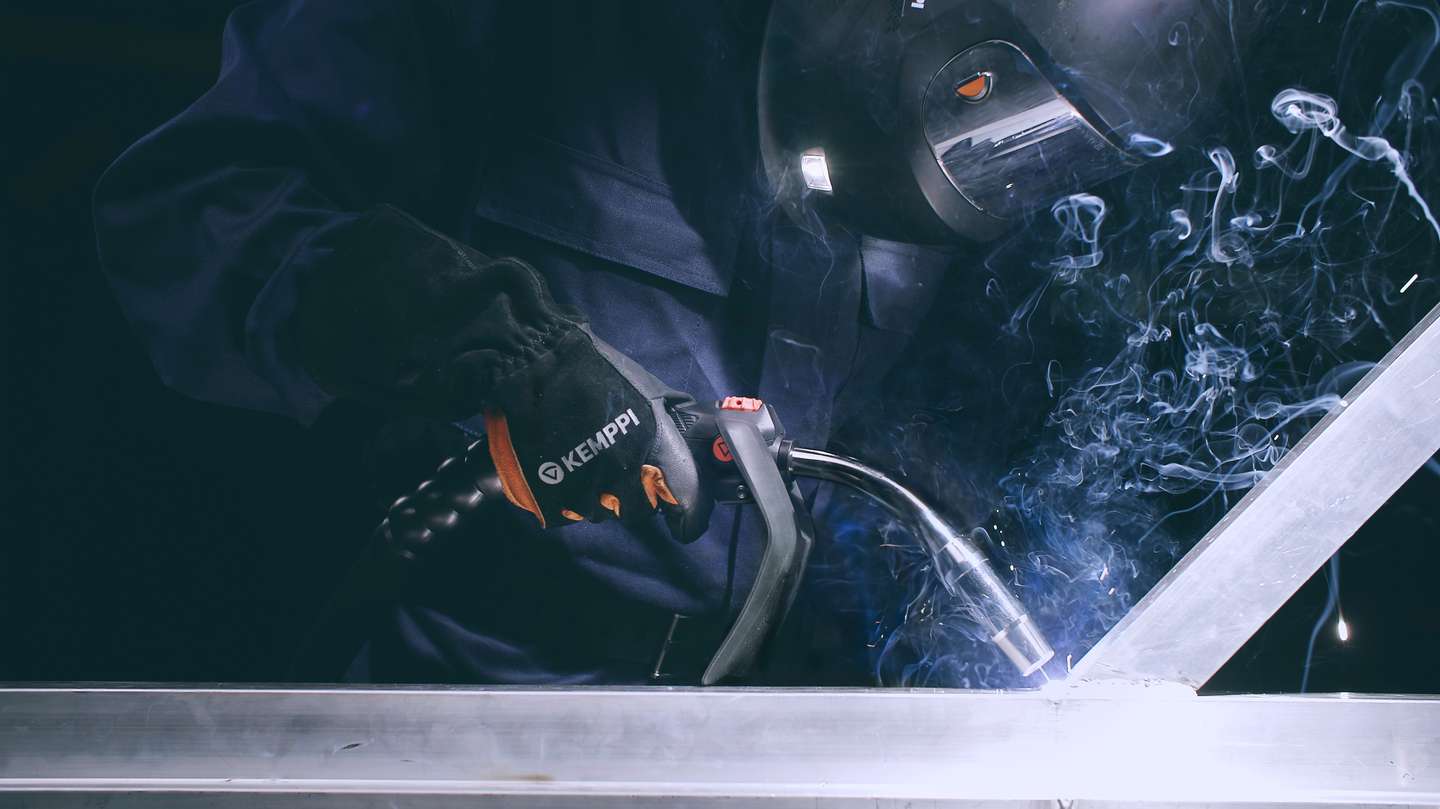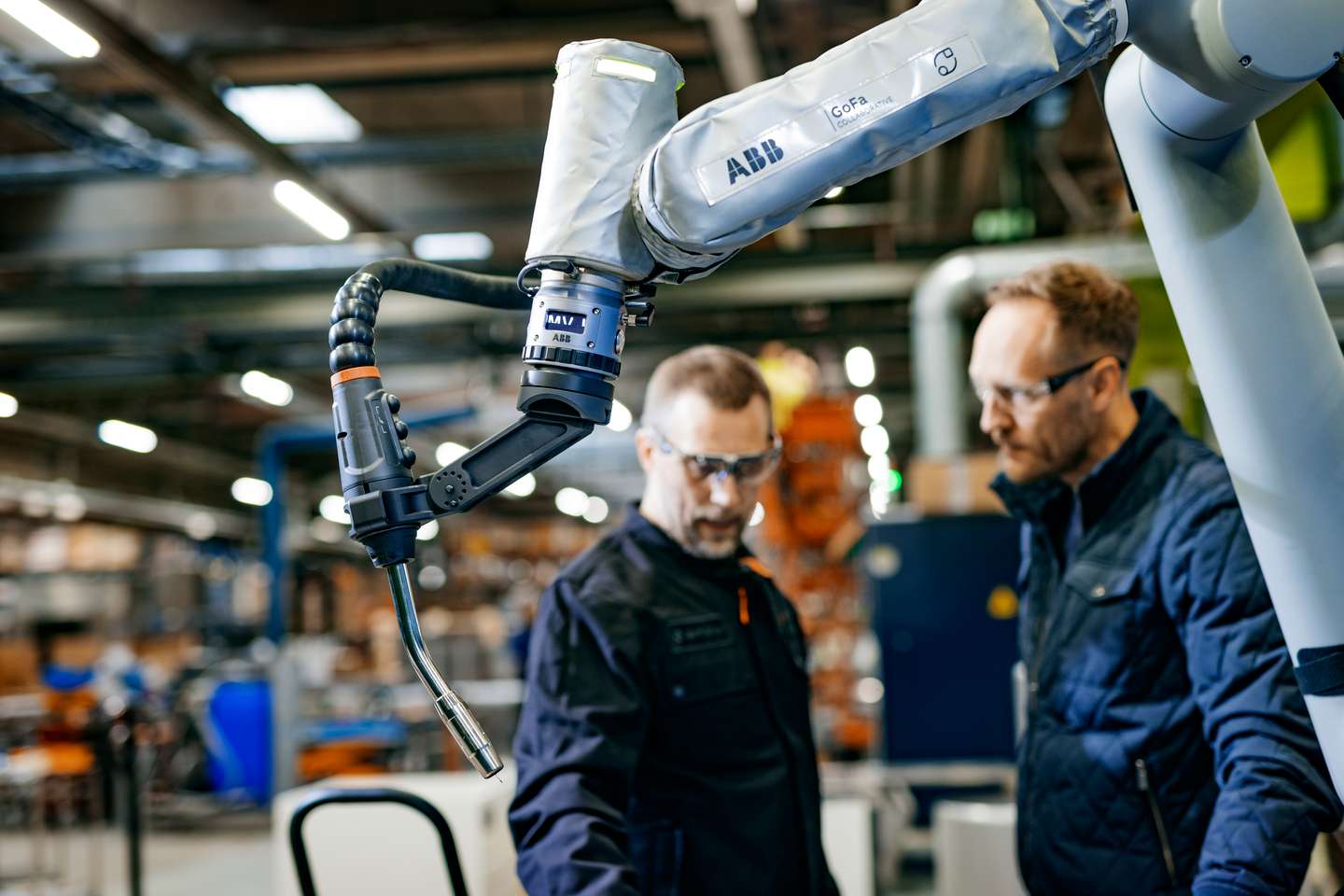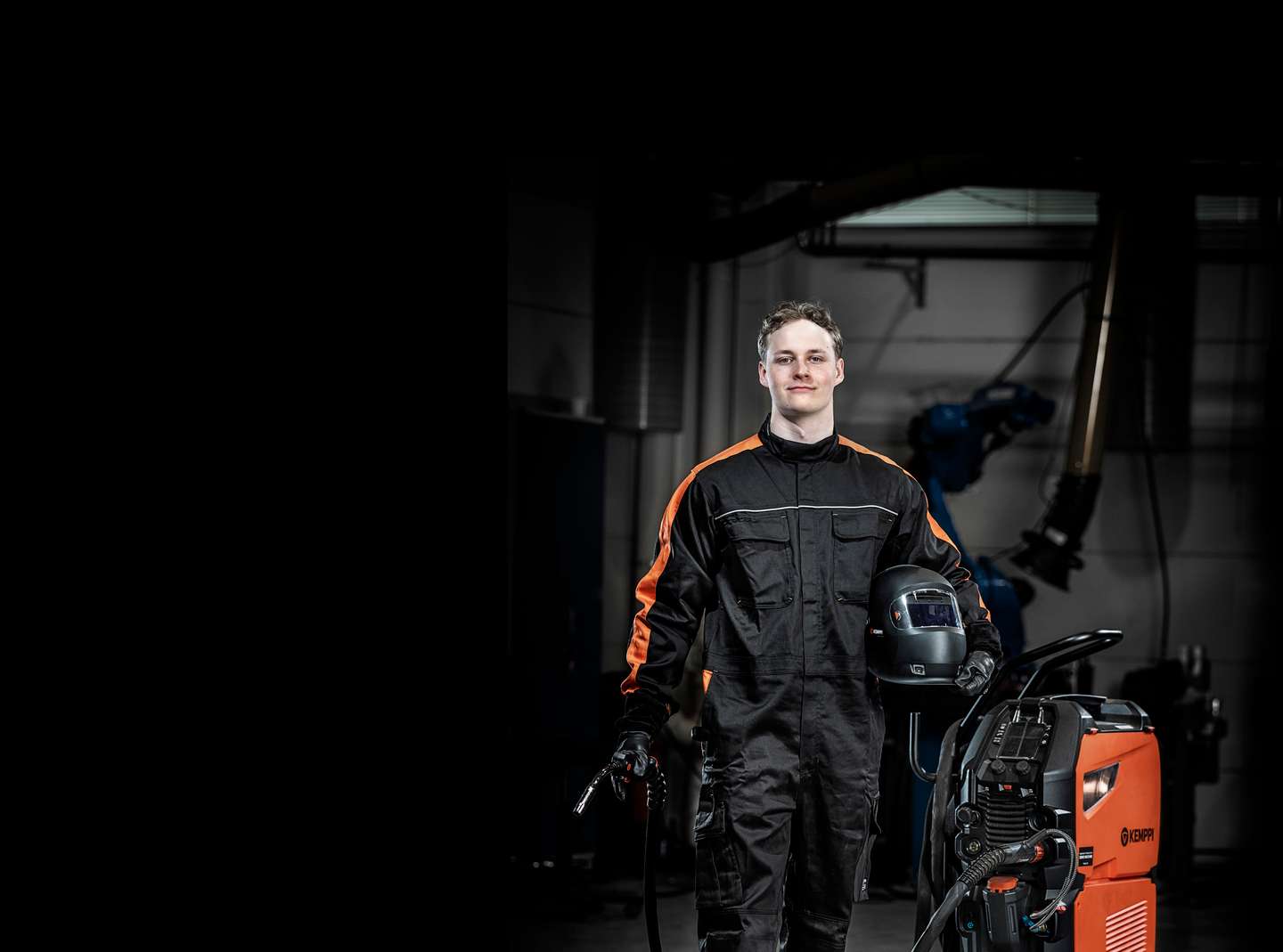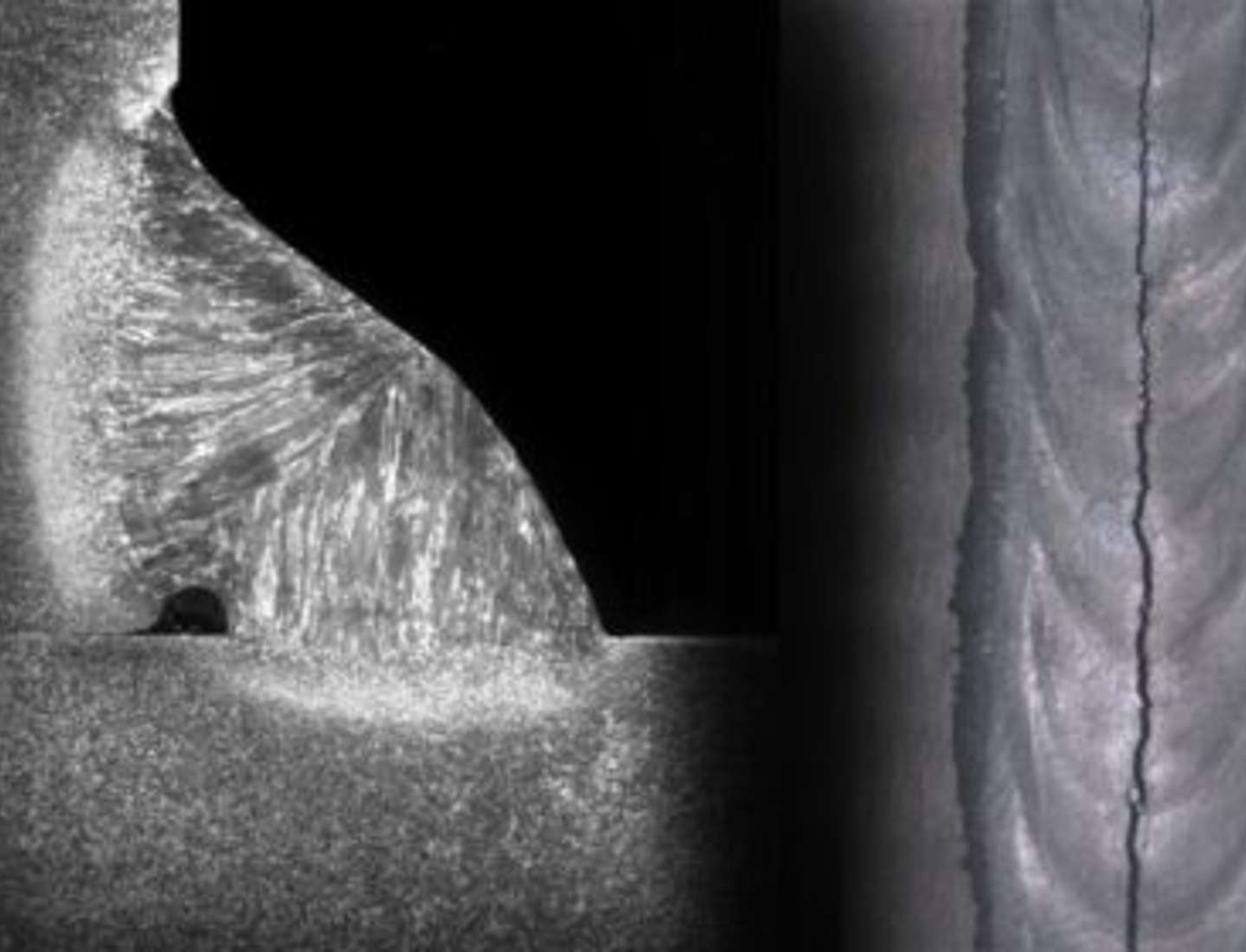
ABC van het lassen
Understanding and preventing common welding defects
15 februari 2024
Welding demands precision, but even skilled welders can encounter defects. Understanding common welding issues is critical to ensure high-quality results. Here are some frequent welding defects and how to avoid them.
Susanna Norja

Susanna Norja
Susanna Norja
Editor-in-chief of the Kemppi blog, content producer, and Social Media Manager at Kemppi until March 2024.
